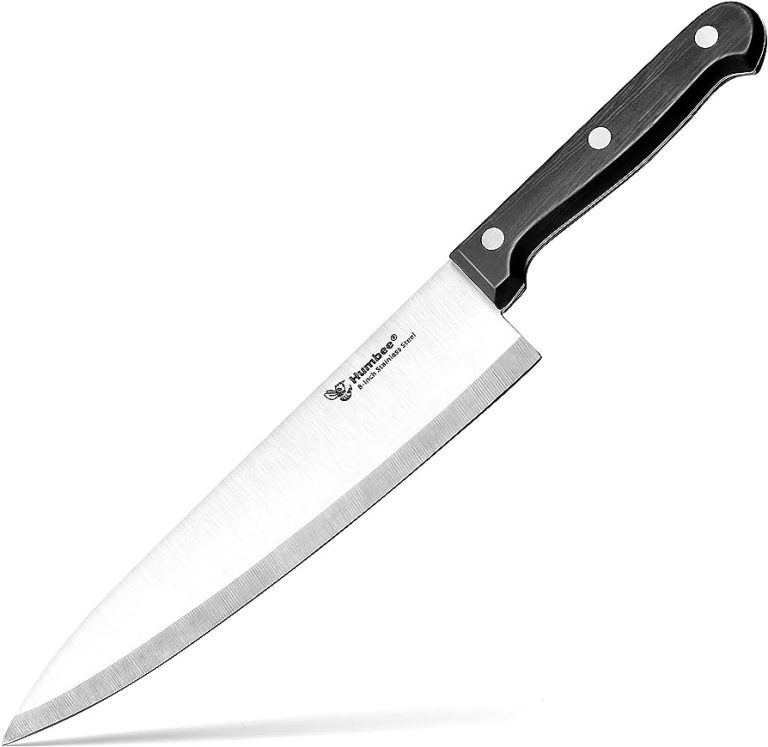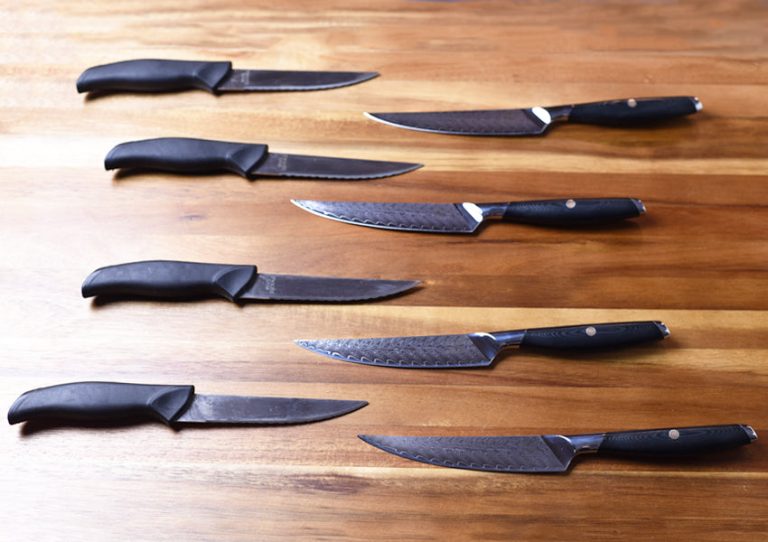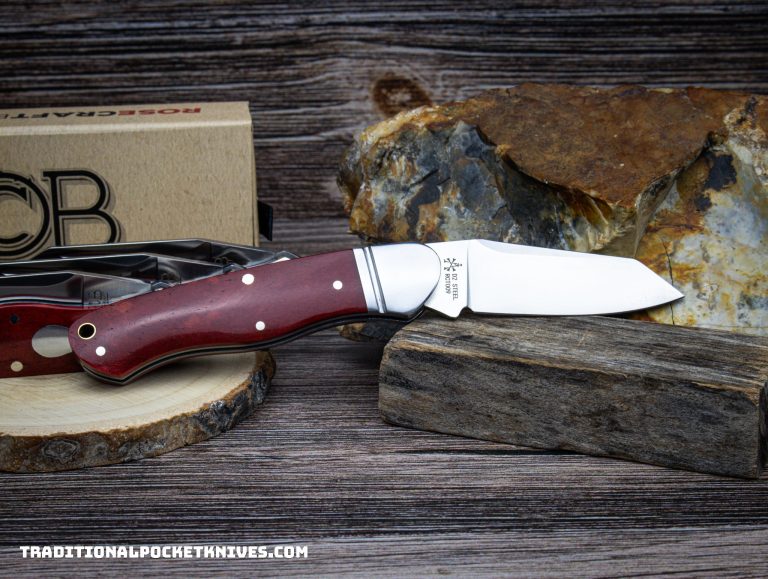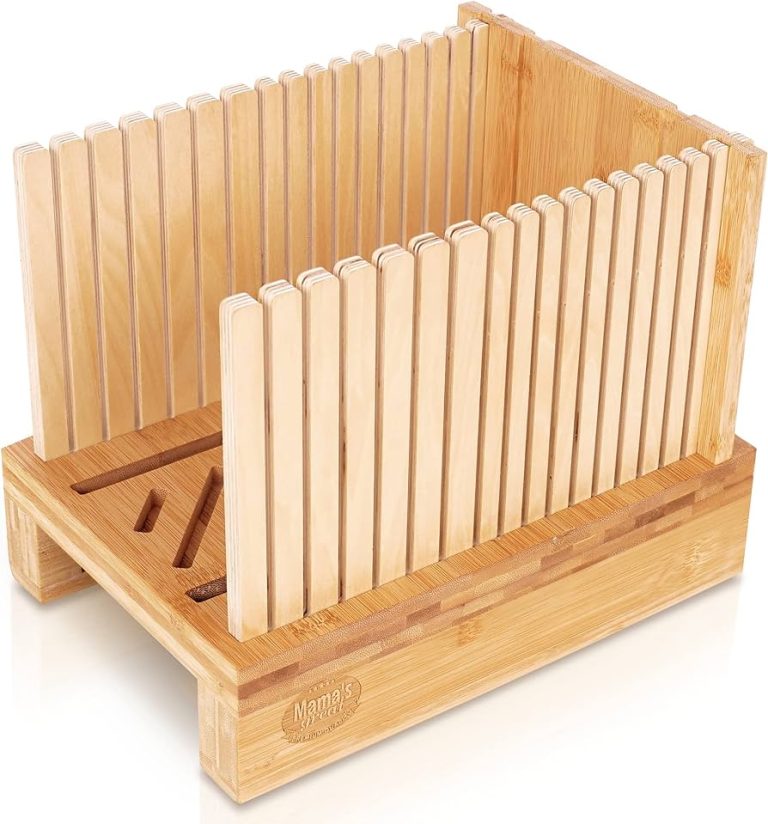The Role of Knives in Hunting Culture And History
Knives have played a crucial role in hunting culture and history, serving as essential tools for survival and obtaining food. They have been used for centuries by hunters to field dress, skin, butcher, and prepare game, enabling the gathering of resources for sustenance.
In various hunting traditions worldwide, knives hold a deep significance, representing skill, craftsmanship, and respect for the animals and environment. These versatile and durable tools have evolved over time, reflecting advancements in materials and designs, but their fundamental role in the hunting experience remains unchanged.
Whether used for practical purposes or as symbols of heritage and tradition, knives continue to occupy a central place in hunting culture, embodying the connection between humans, nature, and the primal instinct to provide for oneself.
The Early Role Of Knives In Hunting
Knives have played a significant role in hunting since ancient times. In the early days, hunters relied on primitive stone tools, which they used for various purposes such as butchering and skinning animals. These stone tools were not only crucial for survival but also an essential part of hunting culture. With the advent of metal tools, hunting techniques evolved, providing hunters with more efficient and durable knives. Metal blades allowed for improved precision and effectiveness in hunting activities. Hunters could now wield knives that were sharper, stronger, and capable of piercing the toughest hides. This advancement in tool technology revolutionized hunting, making it easier to hunt and process game. Metal knives continued to evolve over time, becoming an integral part of hunting traditions and history. Today, knives remain an essential tool for hunters, symbolizing their connection to the hunt and the deep-rooted hunting culture.
The Evolution Of Hunting Knives
The evolution of hunting knives has played a significant role in the culture and history of hunting. Specialized hunting knives were introduced to meet the specific needs of hunters. These knives are designed and manufactured using advanced technology to enhance their functionality and performance. With technological advancements, hunting knives have undergone various changes in their design and manufacturing process.
The introduction of specialized hunting knives marked a shift in the way hunters approached their tasks. These knives are specifically designed to provide the hunter with the right tools for different hunting scenarios. They come in various shapes and sizes to cater to the specific needs of hunters. The role of technology cannot be undermined when it comes to knife design and manufacturing. Technological advancements have allowed for the development of high-quality materials and innovative designs that enhance the performance and durability of hunting knives.
The Cultural Significance Of Hunting Knives
The cultural significance of hunting knives throughout history is undeniable. These indispensable tools hold a deep symbolism and play a central role in hunting rituals and traditions.
One aspect of hunting culture is the association of knives with secret societies. These exclusive groups have longstanding traditions of ceremonial knife usage, often involving intricate and symbolic rituals. The mystical allure and power associated with these ceremonies further emphasize the importance of knives in hunting culture.
The Practical Functions Of Hunting Knives
| The Practical Functions of Hunting Knives |
Hunting knives play a crucial role in the hunting culture and history, serving various practical functions. One of the most important tasks performed by these knives is skinning and field dressing game animals. The significance of having a sharp and dependable knife for this purpose cannot be overstated. A well-designed hunting knife allows hunters to quickly and efficiently remove the skin and prepare game animals for further processing. When it comes to skinning and field dressing, a sharp blade ensures clean and precise cuts, minimizing the risk of damaging the meat. Additionally, the blade’s durability and reliability are key factors in accomplishing these tasks effectively. Moreover, hunting knives with specialized features like gut hooks and serrated edges offer greater versatility. These features enable hunters to tackle specific challenges they may encounter during the field dressing process, such as opening the animal’s abdomen or cutting through tough tissues. |
Famous Hunting Knives In History
Hunting culture and history have a deep connection to knives. Throughout the ages, many renowned hunters relied on a variety of legendary knives. These knives, steeped in history, have become a part of hunting folklore. One such legendary knife is the Bowie knife, famously used by James Bowie, an American folk hero. Its distinctive design and versatility made it a favorite among hunters and adventurers alike. Another famous knife is the Skinner knife, renowned for its ability to efficiently skin game animals. This knife has been a trusted companion for hunters for generations, with its curved blade and ergonomic handle providing maximum control and precision. The Hunting Dagger is yet another historic knife of significance. It has its roots in ancient hunting practices and was used by various cultures around the world. Its durable construction and lethality made it an essential tool for hunters throughout history. From tales of daring hunts to epic adventures, these historic knives have left an indelible mark on hunting culture and history. Their significance continues to be celebrated, serving as a reminder of the art and skill of hunting. |

Credit: www.bumblebdesign.com
Modern Hunting Knife Designs And Features
Modern hunting knife designs and features have evolved significantly over time to cater to the diverse needs of hunters. When selecting a hunting knife, there are several key features to consider. Firstly, the blade material plays a crucial role in determining the knife’s durability and sharpness. High-quality stainless steel blades are a popular choice due to their corrosion resistance and longevity. Additionally, the blade shape also varies depending on the hunting style and preference. Pointed blades are ideal for precise and delicate tasks, whereas drop-point blades provide versatility for general hunting purposes.
Handle design is another essential factor to evaluate. Ergonomic handles with textured grips offer superior comfort and prevent slippage during use. Some hunters may prefer handles made from synthetic materials like rubber or G-10 for enhanced durability and moisture resistance. Furthermore, the tang, or the blade’s extension into the handle, should be full and sturdy to ensure reliability in demanding hunting situations.
Finally, the sheath is an integral part of a hunting knife. It should securely hold the knife while allowing quick and easy access when needed. Consider options like Kydex or leather sheaths, as they provide excellent retention and protection for the blade.
The Role Of Knives In Hunting Ethics
Knife usage in hunting has played a pivotal role in hunting culture and history. Beyond the practicality of a tool, knives hold significant importance in promoting responsible and ethical hunting practices. Hunters uphold a responsibility to use knives respectfully, ensuring swift and humane kills to minimize suffering both for the hunted animals and to support conservation efforts. The selection of an appropriate knife, sharpening, and maintenance are key factors in honoring this responsibility.
Errant knife choice may compromise the ethical aspects of hunting. Hunters need to consider factors such as blade size, edge retention, and grip. A suitable knife aids in accurate dressing and processing of game, allowing for efficient retrieval of meat and other valuable resources. Proper knife skills, including patience, precision, and respect, are integral to optimizing the hunting experience.
Understanding knife usage in hunting goes beyond mere utility; it underscores the hunter’s role in wildlife management and fostering environmental sustainability. Responsible knife usage aligns with conservation objectives, contributing to ecosystem balance and maintaining healthy animal populations.
Hunting Knives As Collector’S Items
Hunting knives have a rich history and hold a significant place in hunting culture. They have also become sought-after collector’s items. Antique hunting knives, in particular, possess rarity and value that make them highly desirable amongst collectors. Starting a hunting knife collection can be an exciting and rewarding endeavor, but it requires careful consideration and knowledge. When building a collection, it is essential to consider factors such as the knife’s age, condition, and manufacturer. Researching and educating oneself about different types of hunting knives can help collectors make informed choices. Additionally, networking with other collectors and attending hunting knife shows can provide valuable insights and opportunities to acquire unique pieces. Collecting hunting knives allows enthusiasts to connect with the rich history and tradition of hunting while preserving these artifacts for future generations. So, if you have a passion for hunting and an appreciation for the craftsmanship of knives, starting a hunting knife collection could be a fascinating journey!
The Future Of Hunting Knives
The future of hunting knives is evolving rapidly, thanks to advancements in technology and materials. These changes are reshaping knife design and transforming the way hunters use their tools in the field. With the development of high-quality steel alloys and enhanced blade coatings, modern hunting knives are becoming more durable and resistant to wear and tear. Additionally, innovations like ergonomic handle designs and lightweight materials are improving comfort and reducing fatigue during prolonged use.
Technology also plays a significant role in enhancing the functionality of hunting knives. Many knives now feature built-in mechanisms and tools such as gut hooks, serrated edges, and folding blades, allowing hunters to perform a variety of tasks with a single tool. Furthermore, advancements in sharpening and maintenance systems have made it easier for hunters to keep their knives in optimal condition, ensuring long-term performance.
The influence of technology on hunting knife design and usage is undeniable. As new materials and technologies continue to emerge, we can expect to see even more cutting-edge innovations in hunting knife design, further enhancing the hunting experience for enthusiasts.
Conclusion
The rich history of hunting culture is intricately connected to the role of knives. These versatile tools have played a pivotal role in human survival, from the early days of hunting for food to the development of sophisticated modern hunting techniques.
Knives have served as essential tools for dressing and field preparation, enabling hunters to process game efficiently and effectively. Their significance goes beyond practicality, as knives have also carried cultural and symbolic meaning in hunting traditions worldwide. The craftsmanship and design of hunting knives have evolved throughout history, reflecting not only practicality but also artistic expression.
Today, hunters continue to rely on knives as vital companions on their journeys, embodying the essence of self-reliance, respect for nature, and the age-old tradition of hunting. Understanding the role of knives in hunting culture allows us to appreciate the profound connections between humanity, nature, and the tools that have shaped our history.






